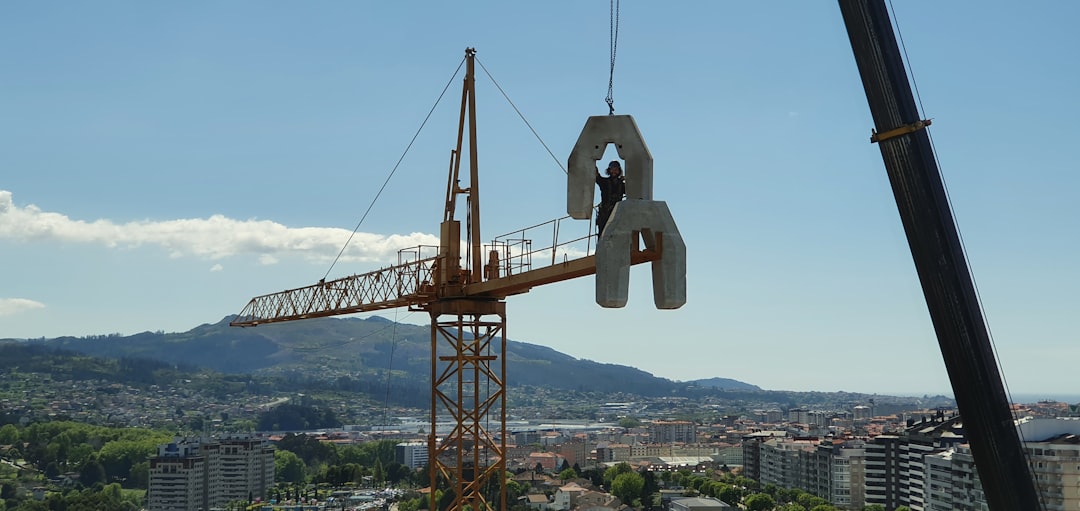
For construction professionals in San Francisco, understanding the intricacies of antenna installations is crucial. With labor costs ranging from $550 to $1,150 and materials between $180 to $450, accurate planning is essential. This guide provides insights into optimizing installations for trade professionals, ensuring compliance and cost-effectiveness.
San Francisco's diverse micro-climates and urban density present unique challenges for antenna installations. Professionals must consider:
Utilizing AI, CountBricks offers real-time calculations for materials, labor, and permits, tailored to each ZIP code.
Bay Area projects often exceed national averages, but data-driven planning can yield savings of 12-18%. Key cost factors include:
For a typical two-story home, materials range from $180 to $450, with installation costs between $550 and $1,150.
San Francisco's regulations for rooftop work are stringent. CountBricks ensures compliance by updating code libraries weekly, covering:
1. Voice Consultation: Define project scope with AI.
2. On-Site Verification: Assess roof and access.
3. Permit Filing: Generate ready-to-submit PDFs.
4. Hardware Procurement: Secure best local deals.
5. Installation Day: Follow digital work order.
6. Final Inspection: Document improvements.
7. Auto-Generated Invoice: Transparent billing.
CountBricks offers:
Combine antenna installations with other projects like seismic retrofits to save on costs. CountBricks identifies shared tasks to avoid redundant charges.
Visit CountBricks.com to begin your project with AI-driven insights and seamless execution.

A 1940s bungalow on Twin Peaks faced signal issues due to its location. CountBricks provided a solution with:
1. Digital work order guided the crew.
2. Laser inclinometer ensured proper tilt.
3. Real-time app updates for changes.
CountBricks combines AI efficiency with local expertise to streamline your antenna installation. Visit CountBricks.com to start your project today.